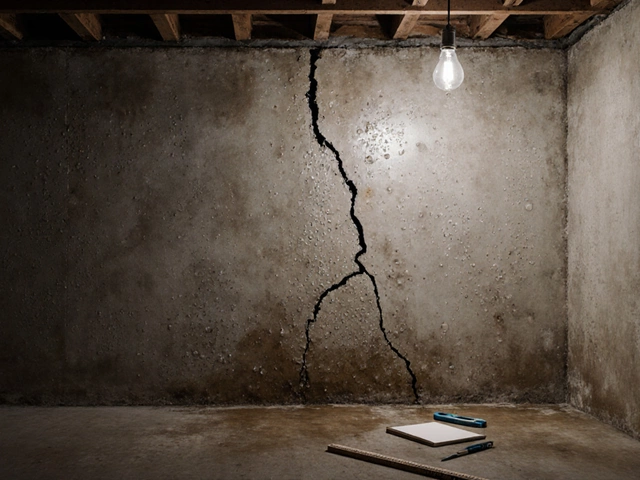Construction Tips You Can Use Today
Starting a building project can feel overwhelming, but the right tips make it a lot easier. Whether you’re fixing a crack in the slab or planning a full new‑build, a few simple habits keep things moving smoothly and save money.
Foundations and Structural Basics
The foundation is the backbone of any structure. Before you pour concrete, check the soil type—clay expands in wet weather, while sand drains quickly. A quick test is to dig a shallow pit and feel the texture; if it’s gritty, you probably have sand.
Watch out for the classic signs of a problem: doors that stick, cracks wider than a hairline, or uneven floors. If you spot these, don’t ignore them. Small hairline cracks can often be sealed with epoxy, but wide gaps or shifting slabs usually need a professional’s eye. A structural engineer can tell you if a repair will hold or if you need a full replacement.
When you do repair, follow the 345 rule for layout. That means measuring 3 feet from the edge, 4 feet apart, and using a 5‑foot square to check if the ground is level. It’s a quick way to catch a sloping base before you waste time on walls.
Budgeting & Materials
Materials make up the biggest chunk of any budget. Limestone from local quarries, like those we supply at Lime Hillock, offers good strength and is often cheaper than imported stone. Use the material that matches the load you expect—lighter for interior walls, heavier for load‑bearing sections.
When you plan a kitchen or bathroom remodel, dry‑fit the cabinets and fixtures first. A dry fit lets you see if everything lines up without committing to final installation. It saves a lot of back‑and‑forth later on.
Timing matters, too. Roofing in the dry season avoids weather‑related delays, and bathroom work in the off‑peak months often lands you a better rate from contractors. Ask for a detailed quote that breaks down labor, materials, and any extra fees—this helps you spot hidden costs before they surprise you.
Don’t forget to check for moisture before you close up walls. New builds can trap damp, leading to mold down the line. A quick moisture test with a handheld meter can reveal hidden damp spots, letting you add a vapor barrier where needed.
Finally, keep a simple checklist: ground prep, foundation check, material delivery, dry‑fit, final install, and a post‑install inspection. Tick each step off before moving on, and you’ll catch errors early.
These construction tips aren’t a substitute for professional advice when the job gets big, but they give you a solid roadmap for most home projects. Stick to the basics, watch the budget, and keep an eye on the details—you’ll finish stronger, faster, and with fewer headaches.
Commercial Project Meaning: Breaking Down the Basics

Ever wondered what people really mean when they talk about commercial projects? This article makes sense of the term, showing how it fits into the world of commercial construction. You'll learn what sets commercial projects apart, what types exist, and why getting this right can save money and headaches. Plus, you'll pick up practical tips if you're considering diving into your own commercial project.
read morePreventing Cracks in Your New Build

Worried about cracks in your shiny new home? Fear not! This guide delves into practical ways to keep your new build crack-free, from choosing the right materials to effective construction methods. With real-world tips, this read is designed to help you maintain your dream home in top-notch condition.
read more



